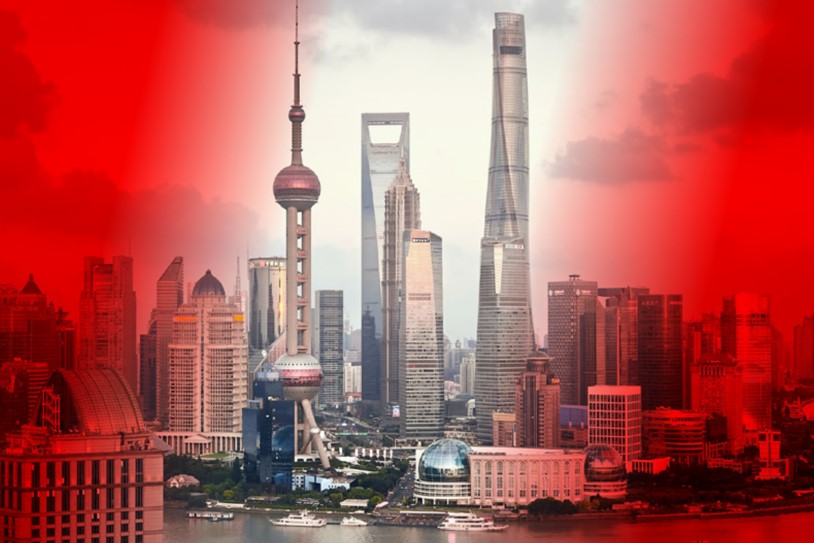
The Evolution of Peru’s Multidimensional Challenges: Engagement with China
Peru’s relationship with the People’s Republic of China (PRC) is one of the most economically significant and deeply rooted in the region. With Lima one of the administrative capitals of the Spanish empire in Latin America, Peru was the destination for thousands of immigrants from coastal China fleeing economic difficulties and political unrest, looking for opportunities in the new world. To this day, Peru, and particularly the greater Lima area, hosts many persons of Chinese origin, elements of Chinese culture, and Chinese shops and restaurants, with “chifa,” a fusion of Chinese and Andean flavors, being a staple of Peruvian cuisine.
As a Pacific-facing nation rich in natural resources, Peru was one of the first parts of Latin America in which Chinese mining and petroleum companies set up operations, and was the second country in Latin America, after Chile, to sign a free trade agreement with the PRC, in 2009. By the time Peru’s current president Pedro Castillo was elected to office in July 2021, Chinese companies were the largest investors in the country’s mining sector, key players in petroleum, and the nation’s major trade partner. The PRC recognized Peru as a “comprehensive Strategic partner” in April 2013, and the nation signed up to China’s Belt and Road program in April 2019. Peru is also one of the six members of the China-dominated Asia Infrastructure Investment Bank (AIIB). The country reportedly committed to a donation of capital to AIIB far greater than what is typical for member states, without clear motives for doing so.



